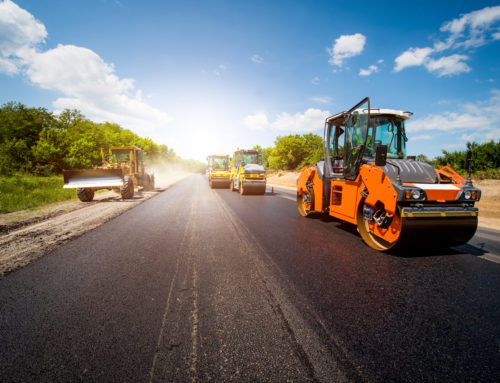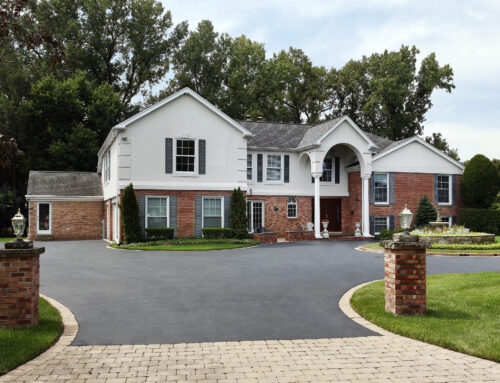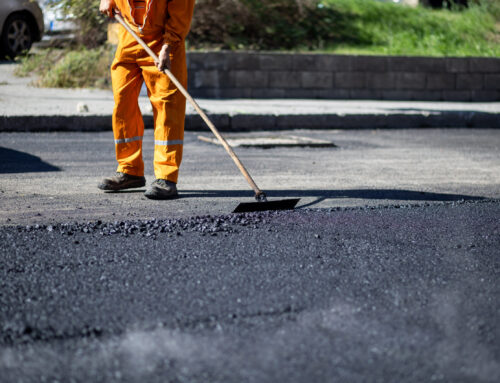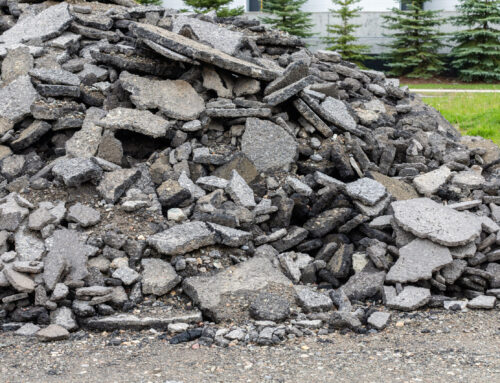Summer is fully in swing here in Arizona, with our first 100+ degree day arriving in early May. Why does this matter? Well we’re fully in peak paving time! Don’t understand? Don’t worry! This time on the Sunrise Asphalt blog we’re explaining exactly why summer is a great time season for your asphalt paving projects, whether it’s a new driveway or a robust parking lot – now is the time to pave!
The Best Time of Year for Paving
To put a bit finer point on it, it’s not just summer that’s the best time, but the period from late Spring to early Fall is the best range. Summer just happens to fall squarely in the middle! In fact, peak summer might be less ideal than the Spring and Fall, just wait we’ll get to that a bit later!
Why Does the Time of Year Matter?
Asphalt is one of the most durable building materials out there – but only if it’s installed correctly. Paving asphalt in subpar conditions is a quick way to end up needing early repairs and losing years of good use out of the surface. So, how do you ensure optimal conditions? You install the pavement when the environment is right for it.
That means, when the surface temperature stays at 50°F and higher, and when precipitation is at its lowest. That means Spring, Summer, and early Fall. That may vary based on where you live of course, for us here in Arizona we enjoy the optimal paving temps a lot longer than most!
The temperature is important because it helps keep the hot mix asphalt workable for longer. Asphalt holds on to heat incredibly well, and while hot mix asphalt needs to stay between 175 and 250°F to be workable. Warmer ambient temps means less heat is lost to the surrounding environment and that mix stays as close to those ideal temp ranges as possible. The warmer weather allows for asphalt to poured, spread, and smoothed before it even starts to cool, giving installers all the time we may need to fix any issues, and ensure the best quality surface before it starts to cool and harden.
The need for low precipitation is obvious to anyone who has spent an afternoon on the Sunrise Asphalt site – precipitation means rain and moisture and as we all know, moisture is the number one enemy of asphalt! Low precipitation means the ground is going to be firm and ready for paving. If there is water or moisture yet in the ground, that’s just asking for trouble as the base layers will suffer, and the moisture can even hurt the asphalt by cooling it faster than it should.
When Summer Might Not Be Ideal?
The same reason the warmer temperatures are great for asphalt is why the hottest days of summer might be too much for asphalt. Those hotter, 100°F days can keep the asphalt as warm as 140°F, almost as hot as it is when it’s first poured. This can make the asphalt take much longer to cure, and it can remain soft for longer. It’s a fine line, but luckily for you, Sunrise Asphalt knows how to walk it!
Now, luckily for us in Arizona, we have those low precipitation and high temps that make paving and installing asphalt go smooth as good be for most the year. But it doesn’t hurt to have experts on hand doing the job to ensure the highest quality results!
Work with Sunrise Asphalt today! Get in touch with our crew and we can give you a free estimate on your asphalt project! We’ve been serving the Tucson area for over 40 years – and we have the happy customers to prove it!





